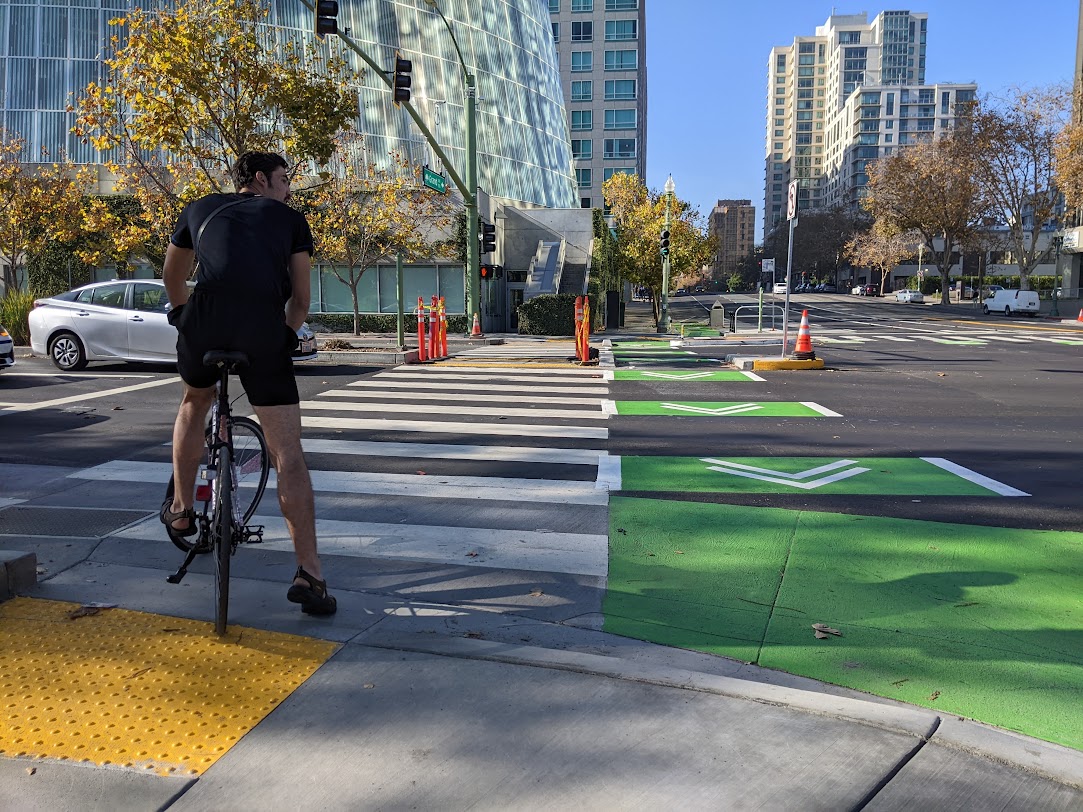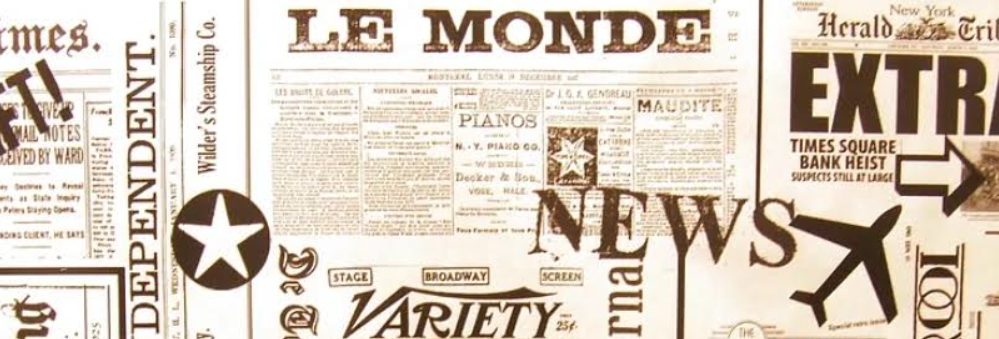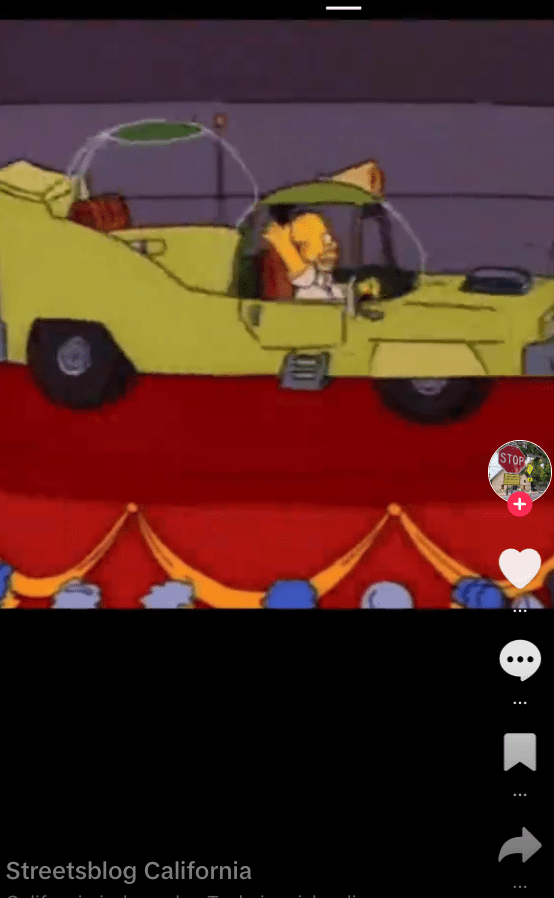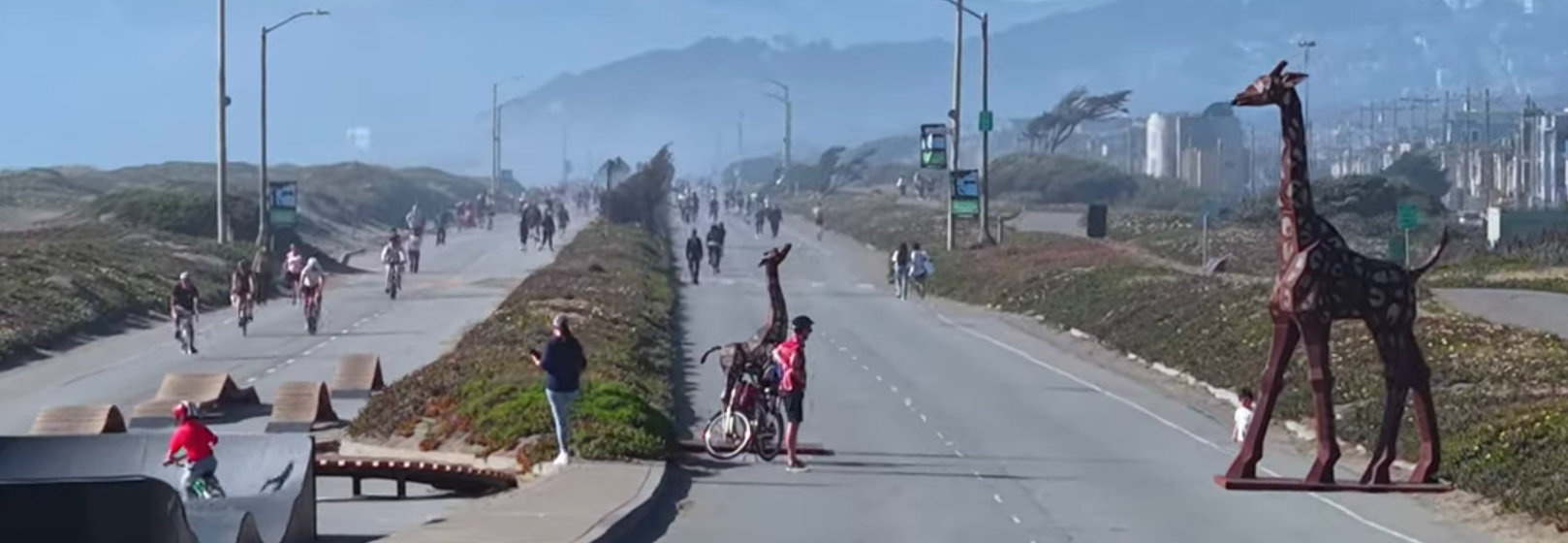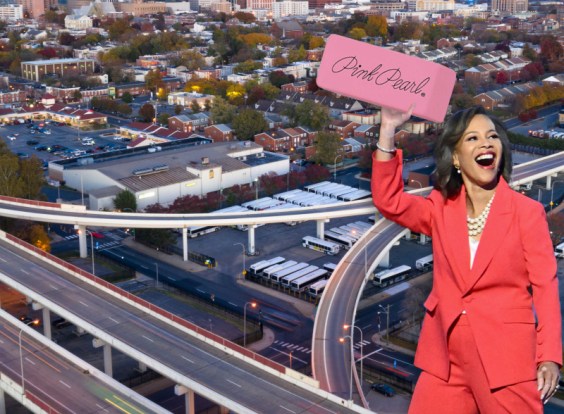Secretary of Transportation Sean Duffy had an op-ed in the Sacramento Bee on Wednesday complaining about the state suing to stop his attempted clawback of $4 billion in federal dollars for California's high-speed rail. From the article:
As transportation secretary, I want Americans to have access to high-speed rail more than anyone. Too often, however, government is a barrier rather than a partner. Money meant for construction gets gobbled up by consultants fed by a steady stream of government grants.
We must make sure American tax dollars are spent effectively today so we can use additional resources for projects that will have a real impact tomorrow.
The Hoover Dam took five years to build. The Golden Gate Bridge took four. Both were built when the federal government was a fraction of its size today. The president and I are eager to build big, beautiful things again. No more trains to nowhere.
Sorry, no, Duffy does not want Americans to have access to high-speed rail. And yes, the Hoover Dam and the Golden Gate Bridge were built much more quickly, in an era without environmental reviews or much in the way of worker safety. And of course, Duffy falls on the same hackneyed phrases such as "boondoggle" and "train to nowhere." He repeats the absurd talking point that trains are supposed to be built exclusively for profit and by private industry. And while he whines about protecting tax dollars, in reality, California is a massive donor state to the federal government, so Duffy is, in effect, trying to prevent the state from getting its own money back.
And what about all the highway boondoggles you're funding, Secretary Duffy? Those don't count? And what airline has built its own airports and air traffic control systems? Does Duffy really not understand that all the technology and infrastructure that make our modern aviation system possible, from radar to the jetliners themselves, were and are developed and advanced through massive government projects? And overseas, HSR is profitable, but it requires the government to develop and build the supporting infrastructure, just like with airplanes and cars.
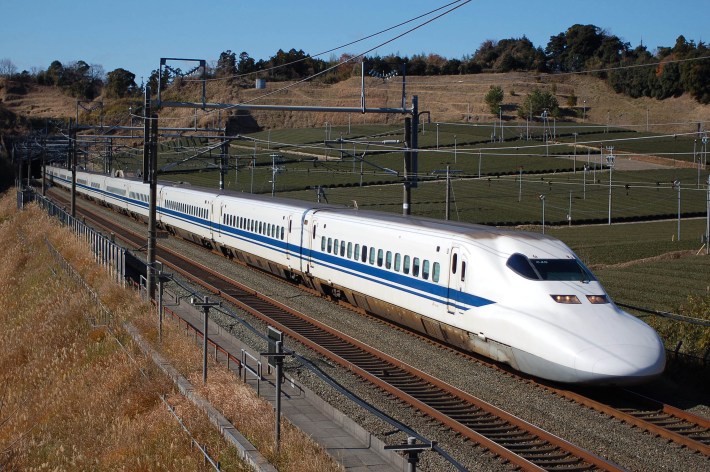
Duffy also states that the project has "has yet to lay a single track." California has been busy doing the harder part: building viaducts, flyovers, trenches, grade separations, and preparing over 100 miles of right of way to put the tracks on. But actual track laying in the Central Valley is about to start. Also, technically speaking, there are new tracks that people are already benefiting from—tracks were added to Caltrain as part of the electrification and baby bullet project. The first Trump Administration tried, unsuccessfully, to claw back funding for that too. HSR money has also gone to help build connecting transit throughout the state.
Rep. Seth Moulton (D., Mass.) had a succinct rebuttal for Duffy's "Project 2025" anti-rail talking points, in a Wall Street Journal letter published Monday responding to a separate HSR hit piece:
I conducted a financial analysis of California’s high-speed rail with some Harvard Business School colleagues more than a decade ago, and we came to two conclusions: It will cost more than they say, and it will still cost less than expanding highways or airports. The rail project should be reformed, not tanked.
And that's the crux of it, isn't it? If Duffy wanted fast trains for Americans, as he claims, obviously, he'd work on getting them funded and built as quickly and efficiently as possible. He would not simply try to pull the plug on HSR in California (and Texas) under the guise of protecting American tax dollars.
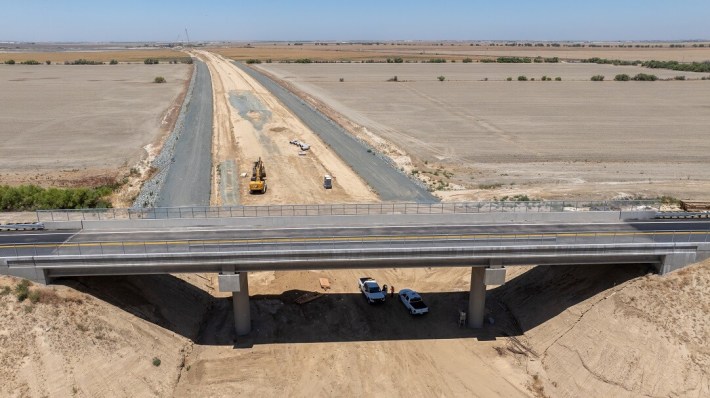
Almost everyone agrees the state, and indeed the country, has painted itself into a corner with overly onerous legal structures that turn almost every big project into a boondoggle. In the case of high-speed rail, oil-funded politicians and lobbyists never miss an opportunity to engineer even more delay and harm so they can then complain about it costing too much. In truth, these nihilists are simply doing the bidding of big oil, car, and airline interests that have already seen the success of HSR all around the world and view it as a threat to their monopolies.
And as Caltrain electrification has already shown, they're right about that: it is a threat to their monopolies.
Editor's note: I wanted a break from the fog and cold Bay Area air, so I decided to take a train to Martinez, which was hot and sunny today. It also has a walkable downtown and coffee shops where I can work. Yes, Amtrak takes way longer than driving, but I wrote the first draft of this piece on the train there and finished it on the way back. Given the obvious advantages, imagine how many people would ride trains in California if they were reliable, frequent, and faster than driving?

